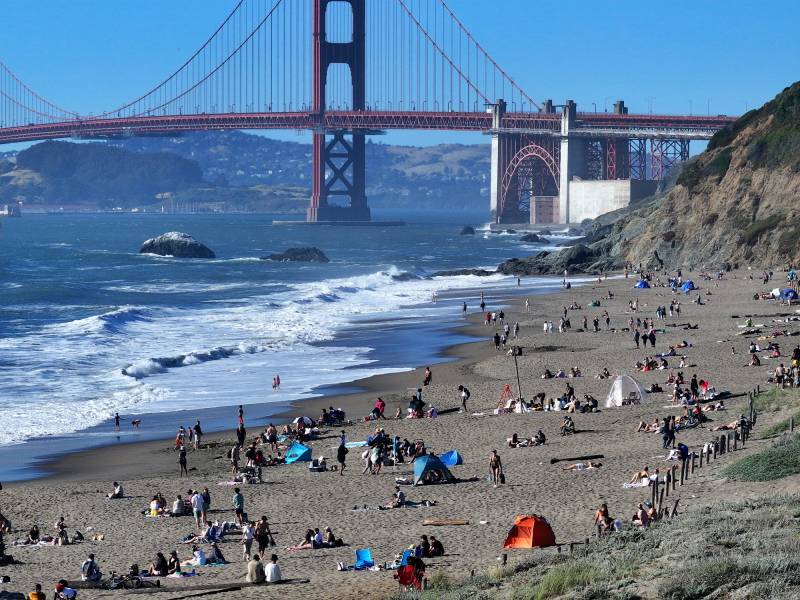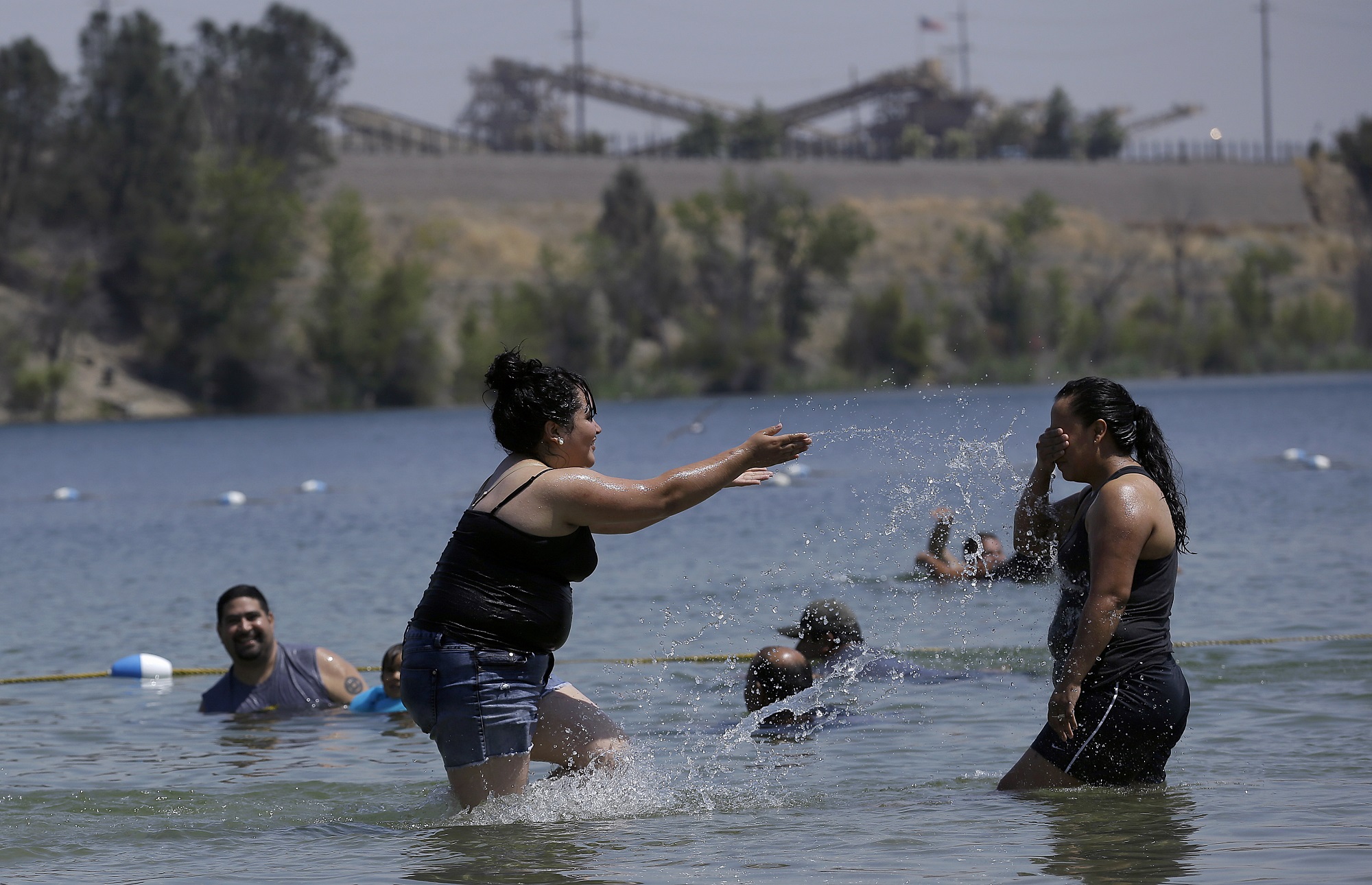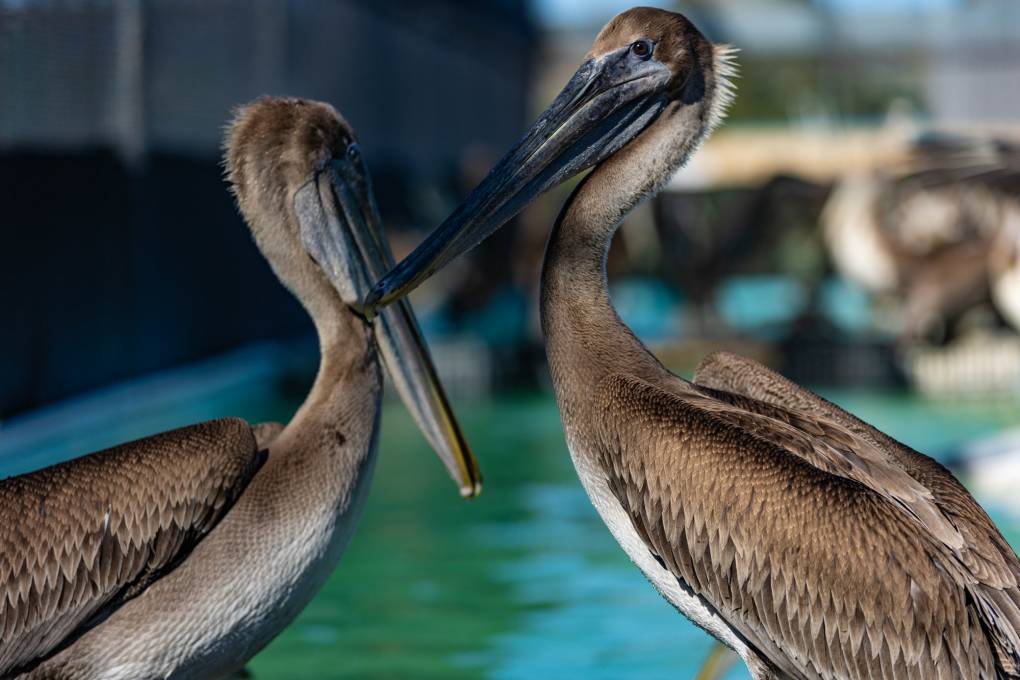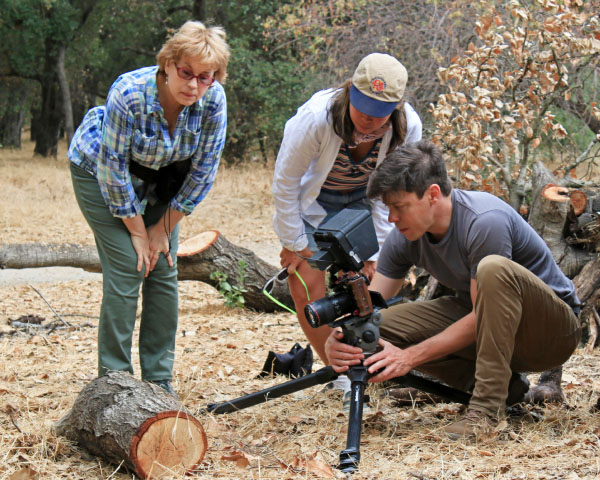After milder weather over Memorial Day weekend, the Bay Area is forecast to see its hottest temperatures of the year later this week.
With highs pushing triple digits in the warmest parts of the region on Friday, National Weather Service meteorologists are encouraging residents to prepare for wildfire risk and moderate to major heat risks.
Forecasters also warned of minor flooding risks along the bay shoreline on Tuesday night, due to high tides expected to peak at 6.88 feet around midnight. The flooding isn’t supposed to be as impactful as a king tide. Still, the perigean spring tides — due to the moon being in the new phase and closest to Earth — will bring “nuisance flooding with impacts mainly for the lowest lying locations,” according to the weather service’s daily forecast discussion.



